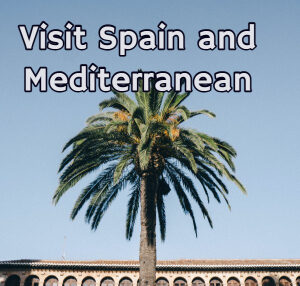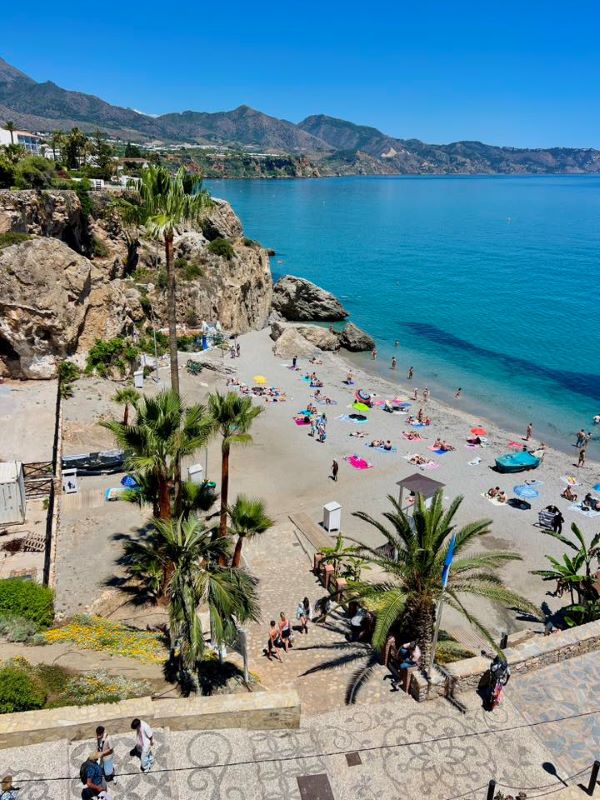12 Things You Didn’t Know About Spain’s Culture, History, and Quirks that might surprise you

Spain is full of surprises beyond the beaches, paella, and flamenco most travelers expect. From quirky local customs and unexpected regional differences to hidden historical facts and offbeat traditions, there’s so much more to this country than meets the eye. These 12 things you didn’t know about Spain reveal a deeper, more curious side of its culture—offering insights that might just change how you see the country, whether you’re planning your first trip or returning for more.
Here’s a quick rundown of 12 Things You Didn’t Know About Spain:
1. Spain Has Four Official Languages
Spain is a country of rich linguistic diversity, officially recognizing four languages. While Castilian Spanish is the national language spoken by the majority, three other languages hold co-official status in specific regions. Catalan is spoken in Catalonia, the Balearic Islands, and parts of Valencia (where a variant called Valencian is used). Galician is the primary language in Galicia, in the northwest, and Basque is unique to the Basque Country and parts of Navarra. Each language reflects the distinct cultural identity and history of its region, and many Spaniards grow up bilingual or multilingual, proudly preserving these important parts of their heritage.
- Besides Spanish (Castilian), there are three co-official languages: Catalan, Galician, and Basque.
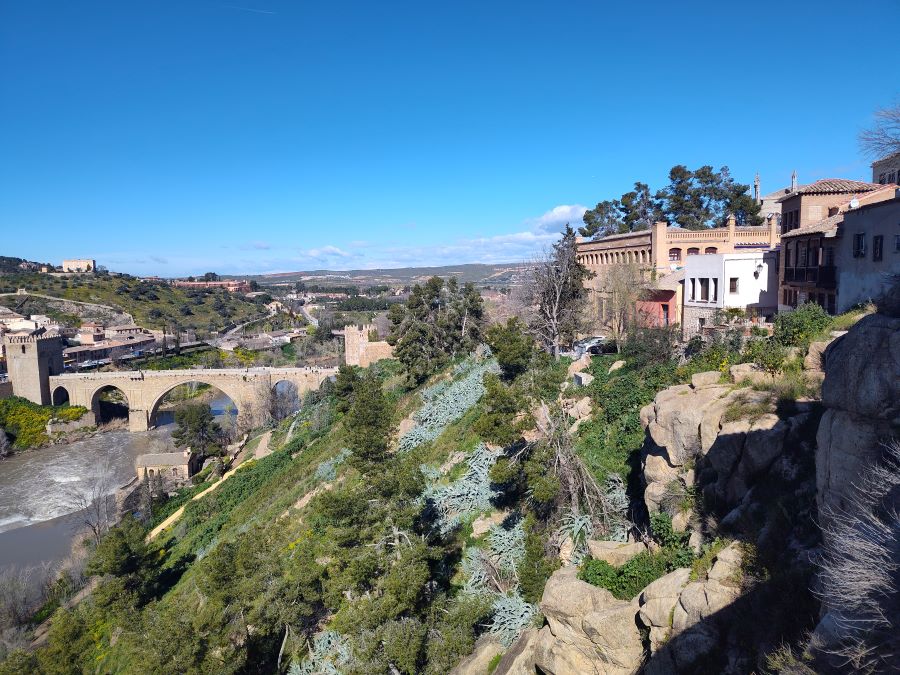
2. Spain Has the Second-Highest Number of UNESCO World Heritage Sites in Europe
Spain boasts an impressive array of UNESCO World Heritage Sites, ranking among the top countries globally for cultural and natural landmarks. As of 2024, Spain has 50 sites inscribed on the UNESCO list, placing it fifth worldwide, just behind Italy (60), China (59), Germany (54), and France (53) . These sites span a rich tapestry of history, architecture, and natural beauty, from the intricate Moorish palaces of the Alhambra in Granada to the visionary works of Antoni Gaudí in Barcelona. This extensive collection underscores Spain’s historic cultural heritage, treasures and its commitment to preserving sites of outstanding universal value that are worth visiting around the country
- With over 50 sites, Spain is second only to Italy in Europe.
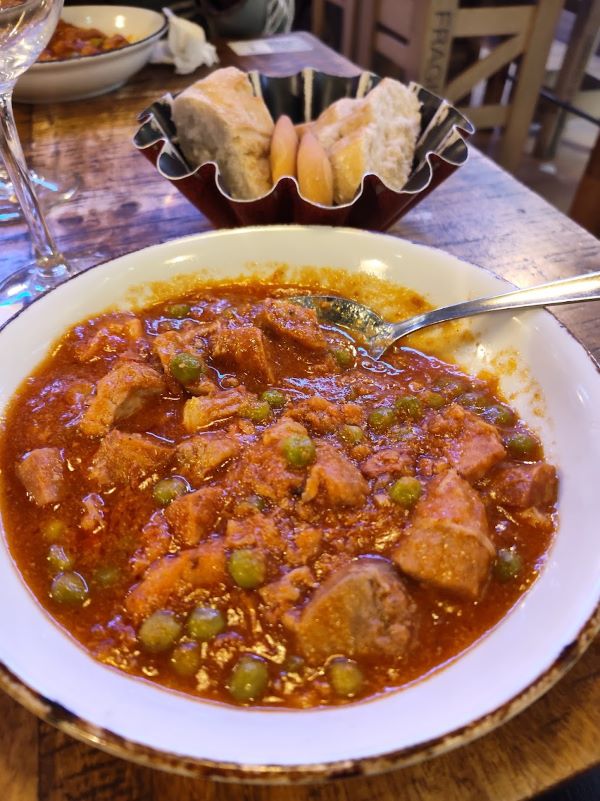
3. Lunch is the Biggest Meal of the Day
In Spain, lunch—la comida—is the biggest and most important meal of the day, often served between 2:00 and 4:00 PM. This tradition is rooted in the country’s climate, culture, and daily rhythm. With hot afternoons and a strong emphasis on family and social connection, lunch is seen as a time to slow down, eat well, and often gather with others. It typically includes multiple courses: a starter like soup or salad, a main dish with meat or fish, and sometimes dessert or fruit, all accompanied by bread and often a glass of wine. The large lunch is followed by a rest period or siesta, especially in smaller towns, helping people recharge before continuing their day. This extended midday break reflects a lifestyle that values balance and enjoyment over speed and convenience.
- Often followed by a “siesta,” traditional Spanish lunches can last up to two hours.
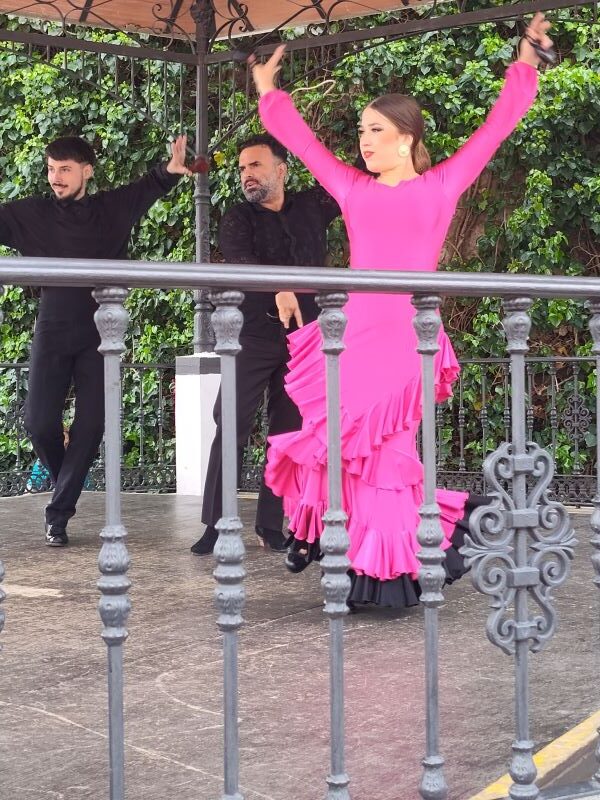
4. Flamenco Isn’t Spain’s National Dance
Flamenco is often associated with Spain, but it isn’t officially recognized as the country’s national dance. While it holds deep cultural importance, especially in Andalusia, flamenco reflects just one region’s traditions rather than the diverse range of folk dances found across Spain. Each region has its own dance style—like the sardana in Catalonia, muiñeira in Galicia, or jota in Aragon—making it difficult to choose one unifying national dance. Spain’s strong regional identities and cultural pride have led to a rich but varied dance heritage, and no single style has been formally declared as the national dance. Flamenco remains internationally iconic, but it represents a piece of Spain’s cultural mosaic, not the whole picture.
- It’s mainly from Andalusia and doesn’t represent all of Spain’s diverse cultural regions.
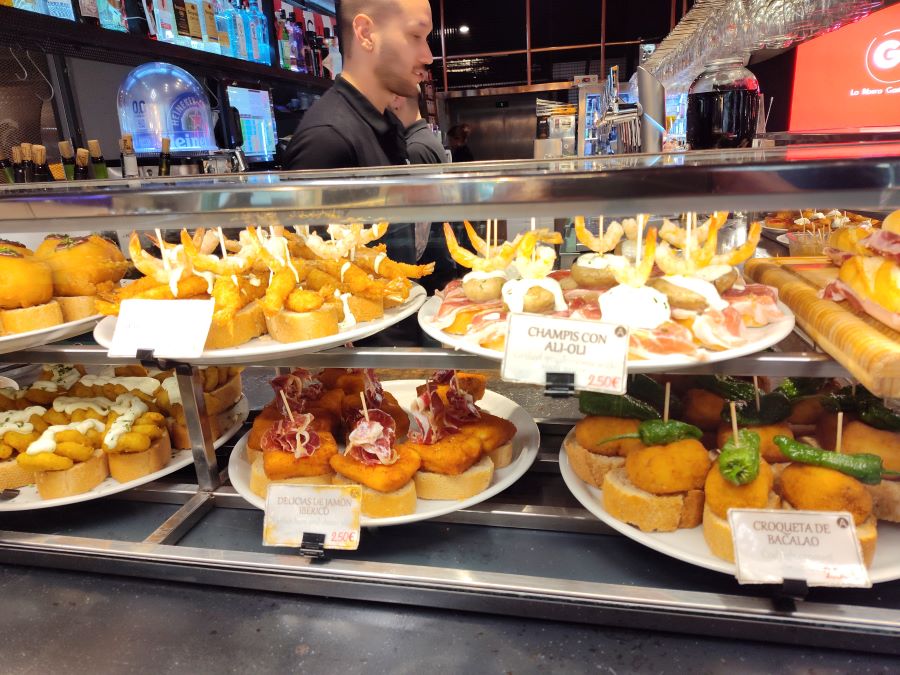
5. Each Region Has Its Own Unique Cuisine
Each region in Spain has its own unique cuisine because of the country’s strong local identities, varied geography, and long history of regional independence. From the seafood-rich dishes of Galicia to the rice-based specialties in Valencia and the bold, spice-influenced stews of Andalusia, food traditions are shaped by what’s available locally and by centuries of cultural influences—from Roman and Moorish to Jewish and New World flavors. Spain didn’t unify as a single nation until relatively late in European history, so regional customs, languages, and culinary styles developed independently. Even today, locals often identify more strongly with their region than the country as a whole, and this pride is deeply reflected in what’s served at the table.
- Tapas, pintxos, paella, and cocido come from different areas—you won’t find the same dishes everywhere.
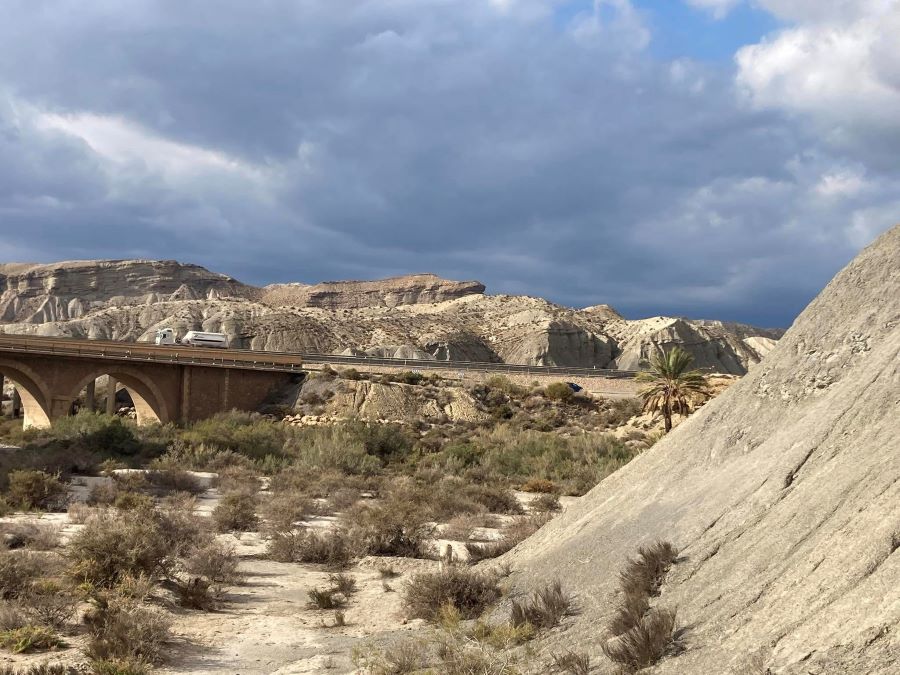
6. Spain Has Its Own Desert
Spain has its own desert, the Tabernas Desert, located in the province of Almería in southeastern Andalusia. Known as the only true desert in mainland Europe, Tabernas has an arid, sunbaked landscape with rugged hills, dry riverbeds, and sparse vegetation. Its unique terrain and over 3,000 hours of annual sunshine have made it a popular filming location, especially for classic Westerns and adventure films—earning it the nickname “the European Hollywood.” Despite its dry conditions, the desert supports a surprising amount of life, including hardy plants and wildlife adapted to the extreme environment. Visitors can explore old movie sets, hike through dramatic scenery, and learn about the region’s natural and cinematic history.
- The Tabernas Desert in Almería has been used as the filming location for many westerns.
7. The Tomatina Festival is Purely for Fun
The Tomatina Festival is a wild, messy, and world-famous tomato fight held every August in the town of Buñol, near Valencia, Spain. Thousands of people from around the globe gather to throw overripe tomatoes at each other in the streets, turning the town into a sea of red pulp for about an hour. The event started in the 1940s, reportedly by accident during a local parade, and has since become an organized celebration complete with rules, protective eyewear, and plenty of washing stations. Though it’s chaotic fun, the festival is also a major draw for tourism and a unique part of Spain’s summer festival season.
- The world-famous tomato fight in Buñol started as a prank in the 1940s and stuck.
8. Many Spaniards Live Longer Than the Global Average
Many Spaniards enjoy longer lifespans than the global average thanks to a combination of factors rooted in their lifestyle and environment. The Mediterranean diet, rich in fresh vegetables, fruits, olive oil, fish, and moderate wine consumption, plays a key role in promoting heart health and reducing chronic diseases. Additionally, strong social connections, regular physical activity, and a slower-paced daily routine—including the traditional afternoon siesta—contribute to lower stress levels. Spain’s well-developed public healthcare system also ensures access to quality medical care. Together, these elements create a balanced and healthy way of life that supports longevity across the country.
- Thanks to the Mediterranean diet, social lifestyle, and public healthcare, Spain has one of the highest life expectancies.
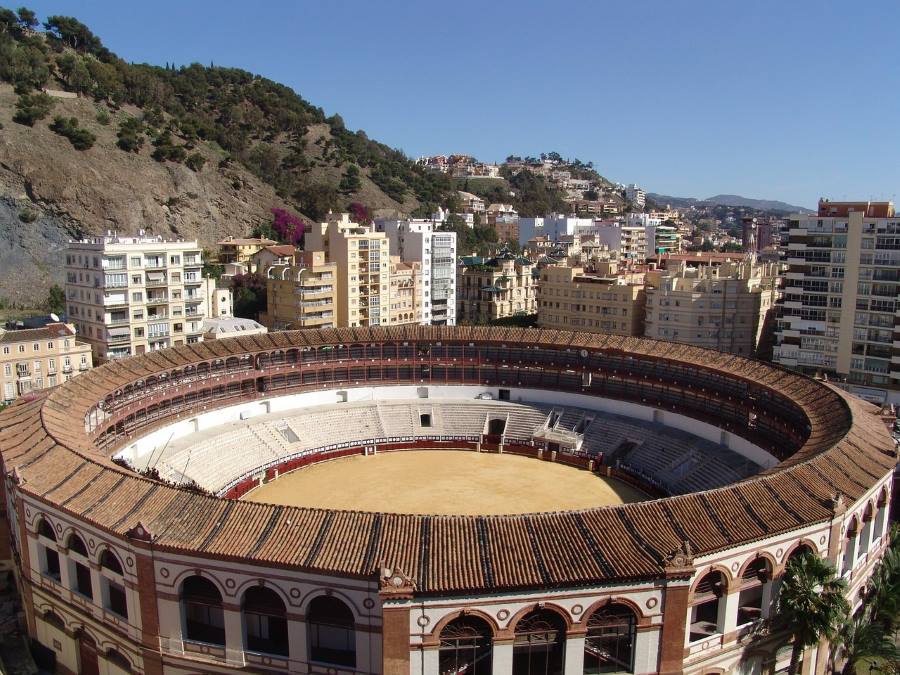
9. There Are Still Active Bullfighting Arenas around Spain
Bullfighting remains a controversial but deeply rooted tradition in parts of Spain, with active arenas still operating mainly in regions where it’s considered an important cultural heritage. While some areas like Catalonia have banned the practice due to animal welfare concerns, bullfighting continues to thrive in places such as Madrid, Seville, Valencia, and Andalusia. These arenas, like Madrid’s famous Plaza de Toros de Las Ventas, host regular events that draw passionate fans who see bullfighting as an art form blending ritual, skill, and history. Despite growing opposition and debates about ethics, bullfighting arenas remain a significant part of Spain’s cultural landscape, attracting tourists curious to understand this complex tradition firsthand.
- Bullfighting is banned in some regions like Catalonia but continues elsewhere, sparking national debate.
10. Spaniards Celebrate New Year by Eating 12 Grapes
Spaniards celebrate New Year’s Eve by eating 12 grapes at the stroke of midnight—one for each chime of the clock—to bring good luck for each month of the coming year. This quirky tradition, known as Las Doce Uvas de la Suerte (The Twelve Grapes of Luck), dates back to the early 20th century, when grape growers in Alicante promoted the custom to help sell surplus harvests. Over time, it became a beloved national ritual, with people across Spain watching the clock tower in Madrid’s Puerta del Sol on TV, grapes in hand, hoping to finish all 12 before the final bell. It’s a lighthearted, sometimes chaotic tradition that adds a fun and festive twist to ringing in the new year.
- One grape is eaten at each chime of the clock at midnight for luck in the new year.
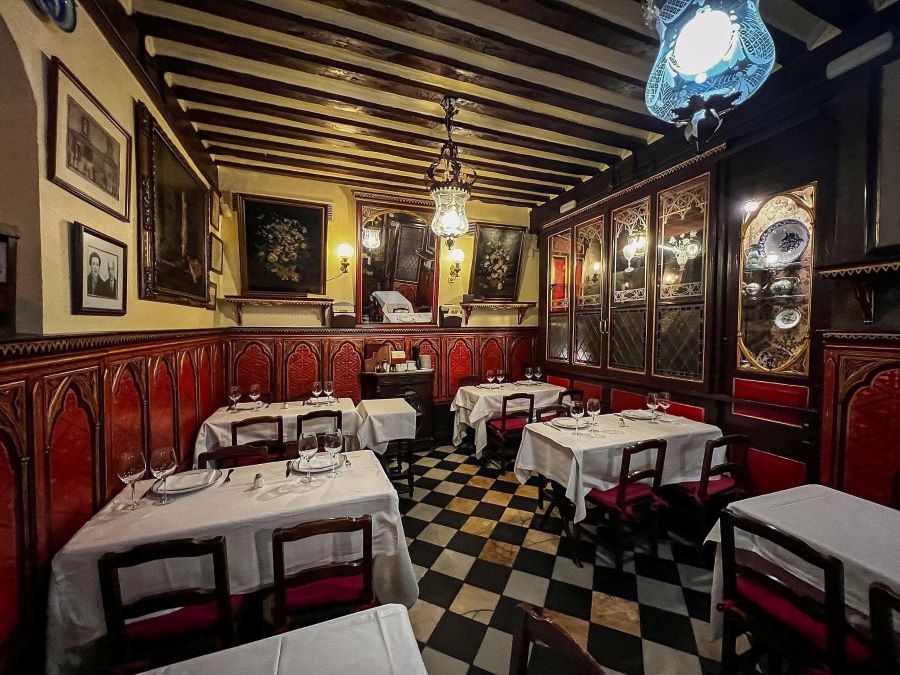
11. Spain is Home to the Oldest Restaurant in the World
Restaurante Botín—also known as Sobrino de Botín—is officially recognized by Guinness World Records as the oldest continuously operating restaurant in the world, having been founded in 1725 by French chef Jean Botín and his Asturian wife. Located on Madrid’s Calle de Cuchilleros, just steps from Plaza Mayor, the restaurant still uses its original wood-fired oven—which has remained in constant use for nearly 300 years—to serve popular favorite Spanish dishes like roast suckling pig and lamb. Across four historic floors preserving 18th‑century interiors, Botín continues to serve dishes much as it did centuries ago—so much so that Ernest Hemingway mentioned dining there in The Sun Also Rises . Run by the González family since the early 20th century, it blends deep-rooted tradition with enduring family stewardship, making it an essential stop for anyone seeking a taste of Spain’s gastronomic and cultural heritage. If you would like to experience a meal at Botin check out their main website below to book a reservation.
- Botín, in Madrid, has been serving roast suckling pig and lamb since 1725.
Check out this video tour of Botin Restaurant and what to eat at the oldest restaurant in the world where the suckling pig is their specialty dish.
12. Time Zones Are Historically Off
Spain’s time zone has been historically off ever since World War II, when General Franco decided to align the country’s clocks with Nazi Germany. Although geographically, most of Spain—including Madrid—is better suited to be in the same time zone as the UK and Portugal (Greenwich Mean Time), it instead follows Central European Time. This means the sun rises and sets later than it naturally should, which partly explains why daily life in Spain runs on a later schedule. Meals, work hours, and nightlife all tend to start and end well past the typical European timeline, creating a cultural rhythm that’s out of sync with its solar position.
- Spain is geographically aligned with the UK but follows Central European Time due to a WWII-era decision.
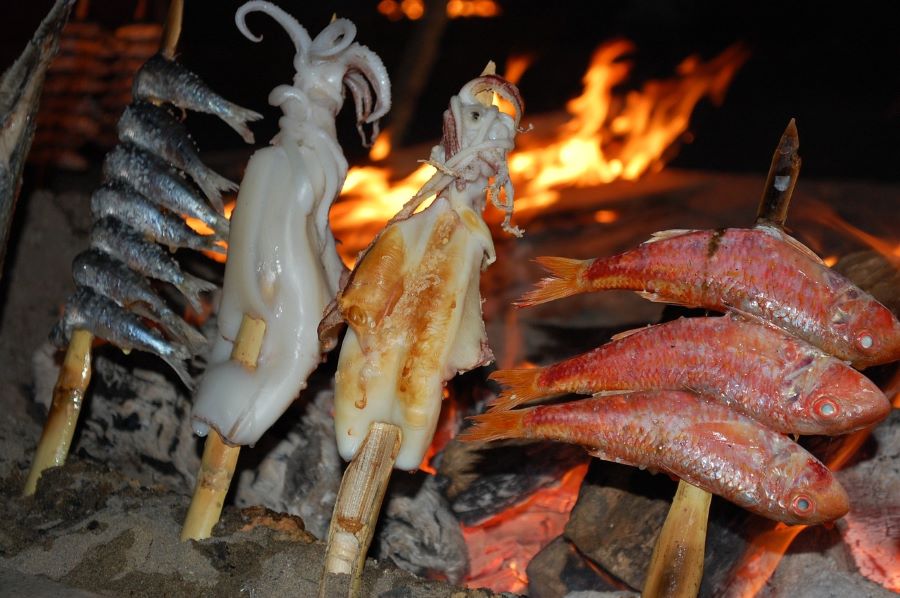
Further Reading on Visiting Spain, culture and history
Check out these other topics on Visiting Spain, culture and history
Specialty foods and markets in Cadiz Spain
Specialty foods and markets of Valencia
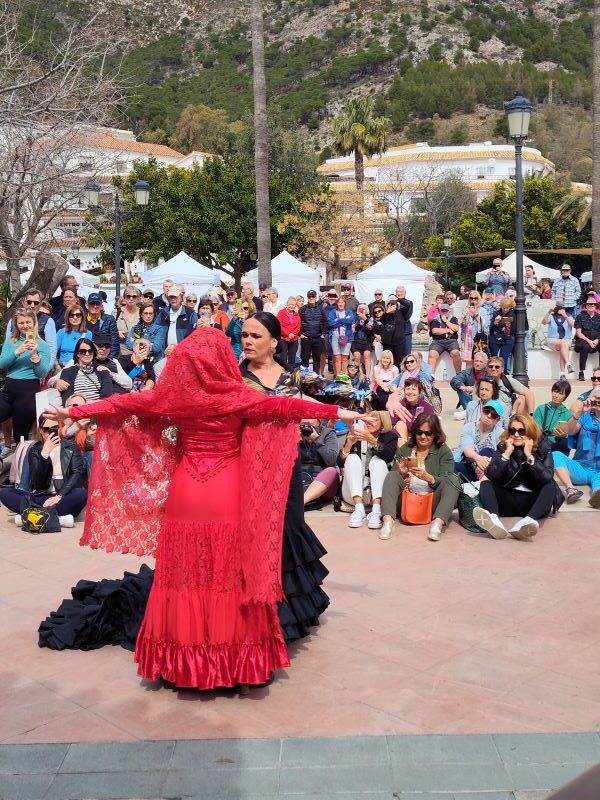
Conclusion on 12 things you didn’t know about Spain
Spain is full of surprises, and these twelve lesser-known facts offer just a glimpse into the country’s deep-rooted traditions, regional diversity, and unexpected quirks. Whether it’s unique festivals, local cuisines, or cultural customs that set each region apart, there’s always something new to discover beyond the usual postcard views. If this list sparked your curiosity, consider diving deeper into Spain’s local experiences and planning a trip that goes off the typical tourist path—you’ll walk away with stories worth telling.

About Author – Noel Morata
After relocating from the United States to Andalusia in 2020, I’ve made it my mission to discover every corner of Spain. Based just east of Granada, I’ve spent over 12 months exploring Malaga province and the rest of Spain, including multiple extended visits to Torremolinos throughout different seasons. My background in Spanish cultural studies and years of residence and exploring all of Spain have given me unique insight into the region’s historical significance, local customs, and culinary traditions.
I regularly update my guides with the latest information gathered through personal visits and relationships with local tourism officials, always seeking what’s new and exciting in each destination. As a self-proclaimed foodie, I’m passionate about discovering authentic local markets and regional specialties.
